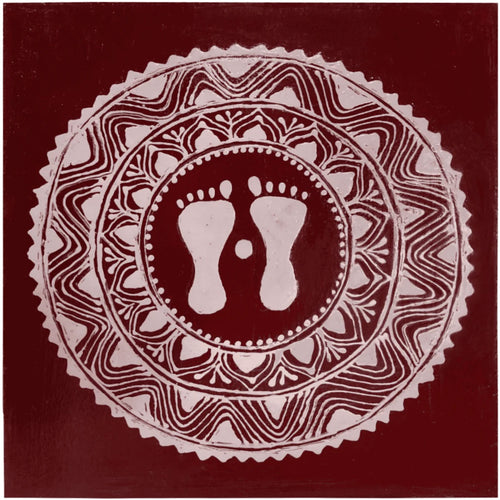 Aipan
No products. Use fewer filters or clear all
Aipan
No products. Use fewer filters or clear all









